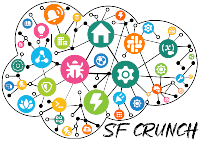When using Data Tables in Salesforce Screen Flows, there’s a common limitation that the table doesn’t support clickable links or showing field values from lookup relations directly.
In this article, I demonstrate a simple workaround for this limitation without creating any extra fields in Salesforce.
For example, I’ve created a Flow that shows all related Cases for an Account in the data table. The datatable display the Case Number and the Contact column as clickable column and also display the contact name instead of its Id.
